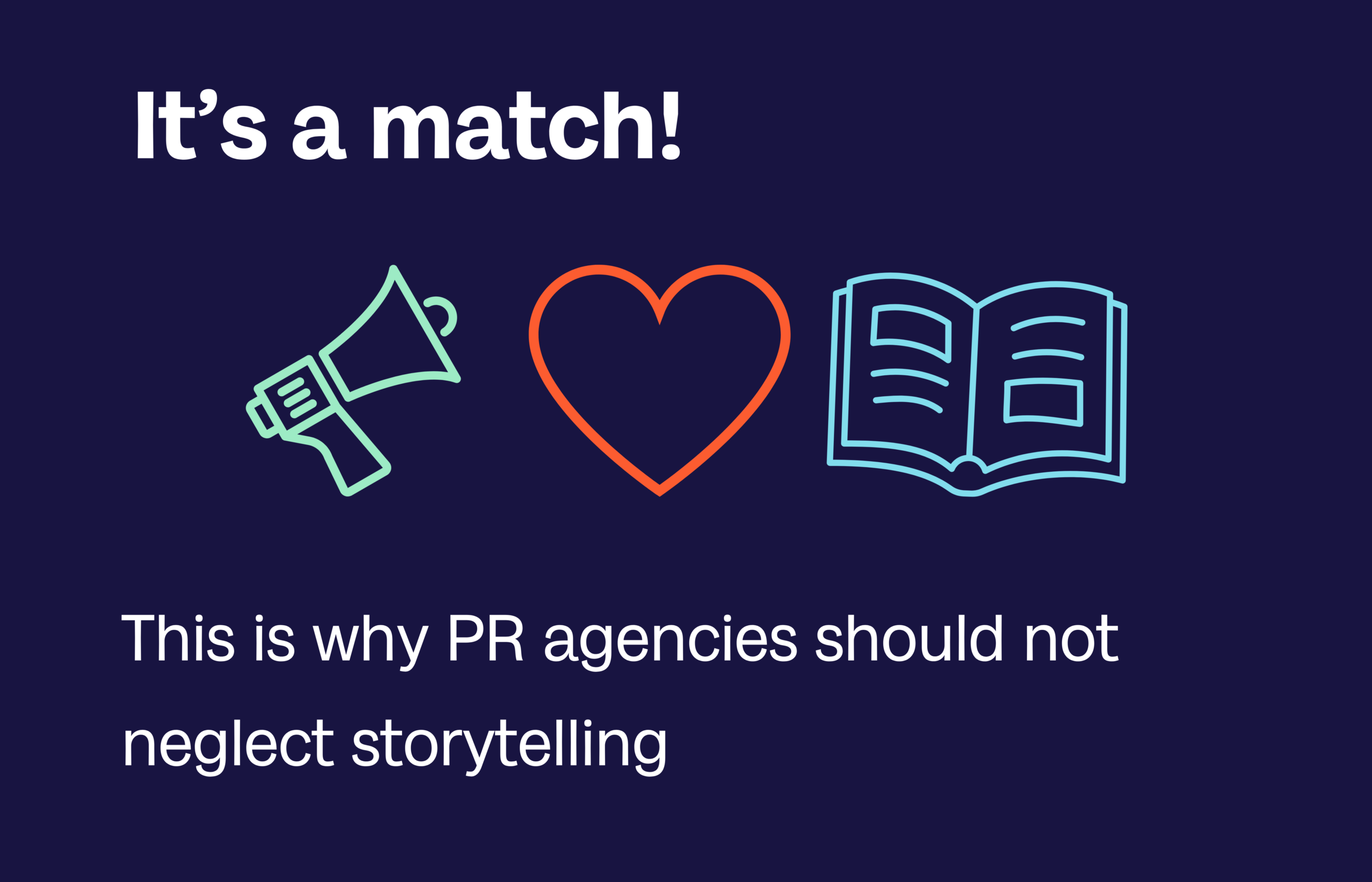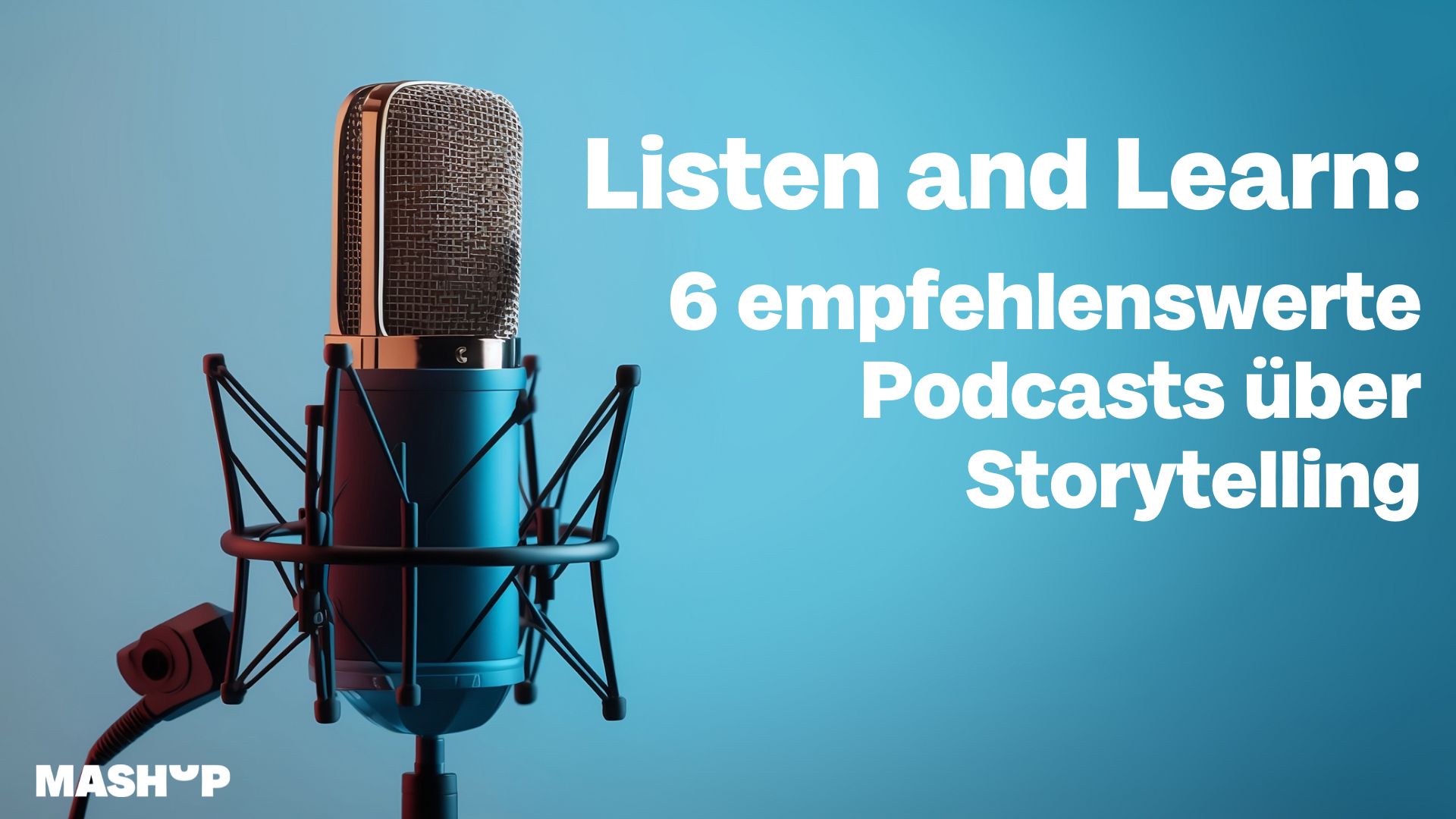Public Relations 3.0: Can Artificial Intelligence do PR?
A computer voice that reminds you to pick up the phone and call certain journalists who are best available right now. A popped-up notice with suggestions for ten influencers who are a perfect match for the customer’s product and appeal to the desired target group. This or something similar is what the normal working day of PR consultants can look like when artificial intelligence comes into play. The use of smart helpers is no longer a fantasy and is already present in many areas. However, this does not refer to a rebellious robot that wants to wipe out humanity! Rather, it is a smart tool that makes predictions about certain issues and offers recommendations. Google Maps, Alexa and Netflix, for example, have long been using AI-based applications to make their users’ everyday lives easier. But can AI also do PR?
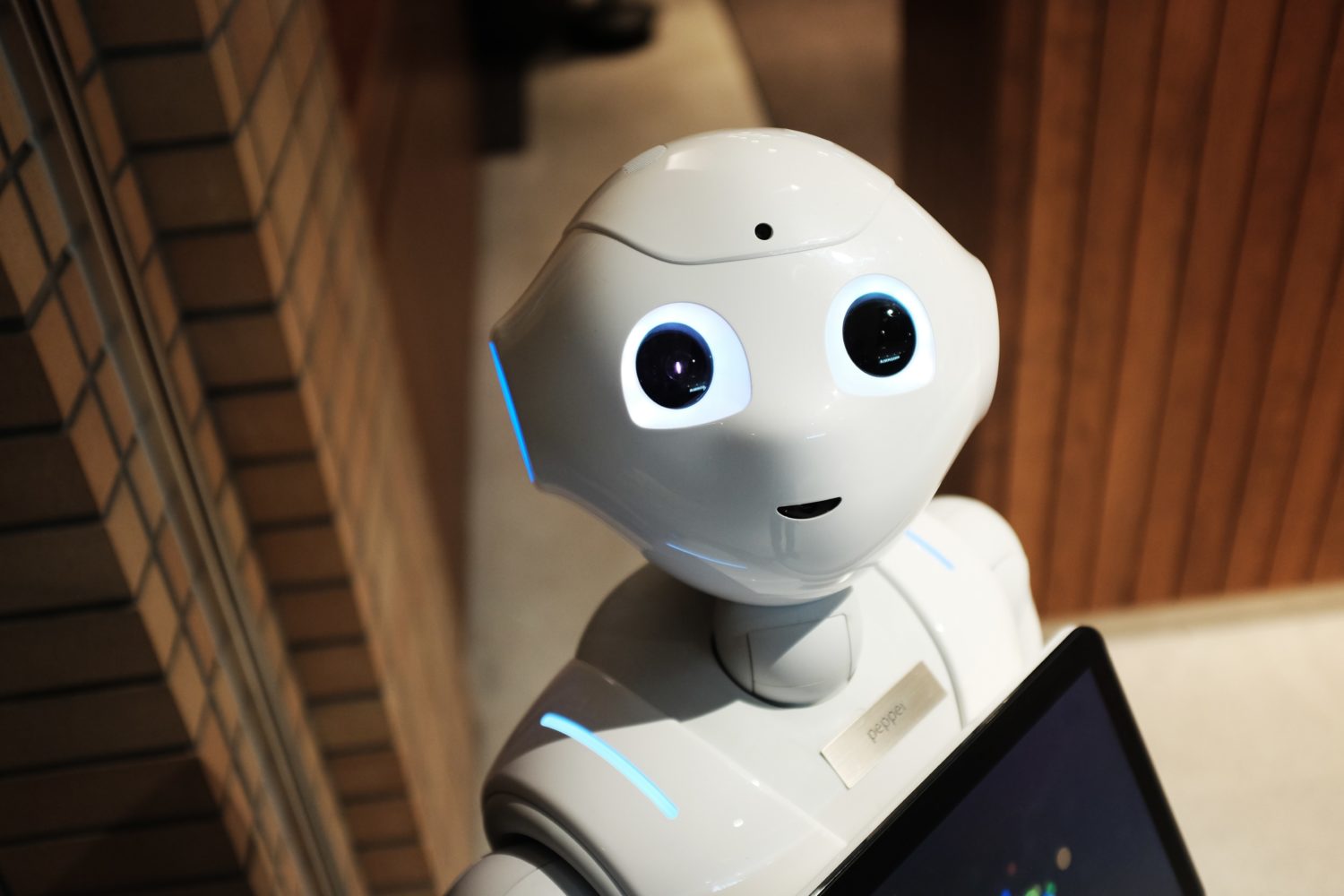
AI in Press Relations and Influencer Marketing
The advantage of using AI in everyday PR work is the fast and efficient way to find the right solution. This enables digital helpers to identify suitable influencers for cooperation. The Foxymatch software, for example, has a global directory with the data of social media users. The interaction rate of all relevant influencers can also be viewed. The AI compares this information with a brand’s regular customer data and then evaluates it. The Instagrammers whose followers are most similar to the customers of the respective company are considered to be the right choice for the respective campaign.
Intelligent PR software such as Cision can also help to place topics in the media in a targeted manner. The AI only needs a search term and can get started straight away. It reads all relevant texts and presents publications and journalists who have dealt with the topic you are looking for. The selected candidates are therefore most likely interested in the specific PR story. This saves the PR team a lot of research work.
“Hasta la vista, baby!” – How AI manages a PR Crisis
Good preparation for a potential PR crisis is the be-all and end-all. New marketing tools are able to recognize patterns in social media posts and thus determine the tonality. This information makes it possible to recognize a crisis at an early stage. Brands can prepare their response pre-emptively and monitor brand awareness in the public eye. For example, a hashtag analysis with the AI tool TensorFlow from Google should be able to predict a shit storm. To this end, the company’s data records are connected to an AI cloud. The accuracy of a forecast is said to be 80 to 90 percent.
Klicken Sie auf den unteren Button, um den Inhalt von giphy.com zu laden.
A million texts per day? Anything is possible with AI
So far, AI seems to be more efficient and faster than flesh-and-blood PR consultants. The smart tool can also write posts. The Chinese company Alibaba, for example, uses AI to produce up to one million texts per day. This software is also used by other online stores such as Esprit and Co. to create content such as short website or product descriptions. Even in sports journalism or weather reporting, articles written by AI are no longer a rarity. The textOmatic text composer can formulate extensive texts from complex and large amounts of data. The software is used by Focus Online, for example, to publish automatically generated weather news on a daily basis. The tonality for certain target groups can also be adapted with the help of AI-based rule systems. But would this approach also work for creative and complex press releases?
Do digital PR consultants pass the Turing test?
The computer scientist Alan Turing carried out a test on a similar question in 1950. For this purpose, a test subject was placed in a room. She used the keyboard to communicate with two unknown people. One of them was a machine. If the test subject had not realized during the conversation that they were talking to a robot, the AI would have passed the Turing test. However, the machine was unmasked.
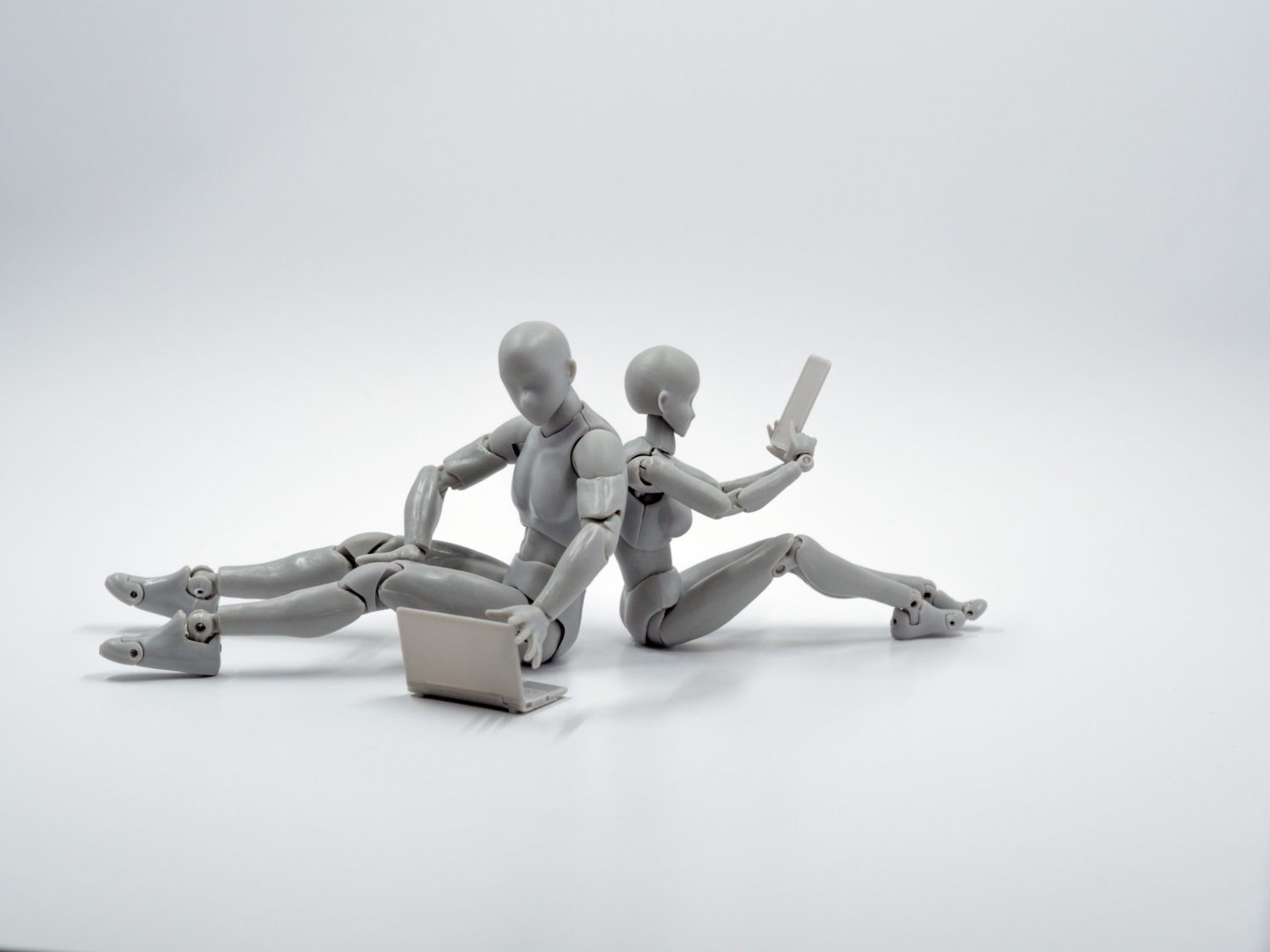
The answer to the above question is therefore “No”. Natural intelligence is too complex and cannot currently be fully imitated by a robot. Although AI-based applications can speed up some work processes in PR, the industry shines above all with its creative minds and emotional intelligence. Skills such as empathy, humor and building relationships are also unique to humans. Nevertheless, it offers PR consultants support and has many advantages. This makes it easier to identify keywords, find trends, define target groups and find suitable journalists. So it remains exciting to see how AI will change the PR industry in the future.
If you found our article “Public Relations 3.0: Can Artificial Intelligence do PR?” interesting and would like to find out more about the use of AI in journalism, take a look at the blog post “Enchanted! How artificial intelligence is changing the media industry“.
Share this article
Related articles
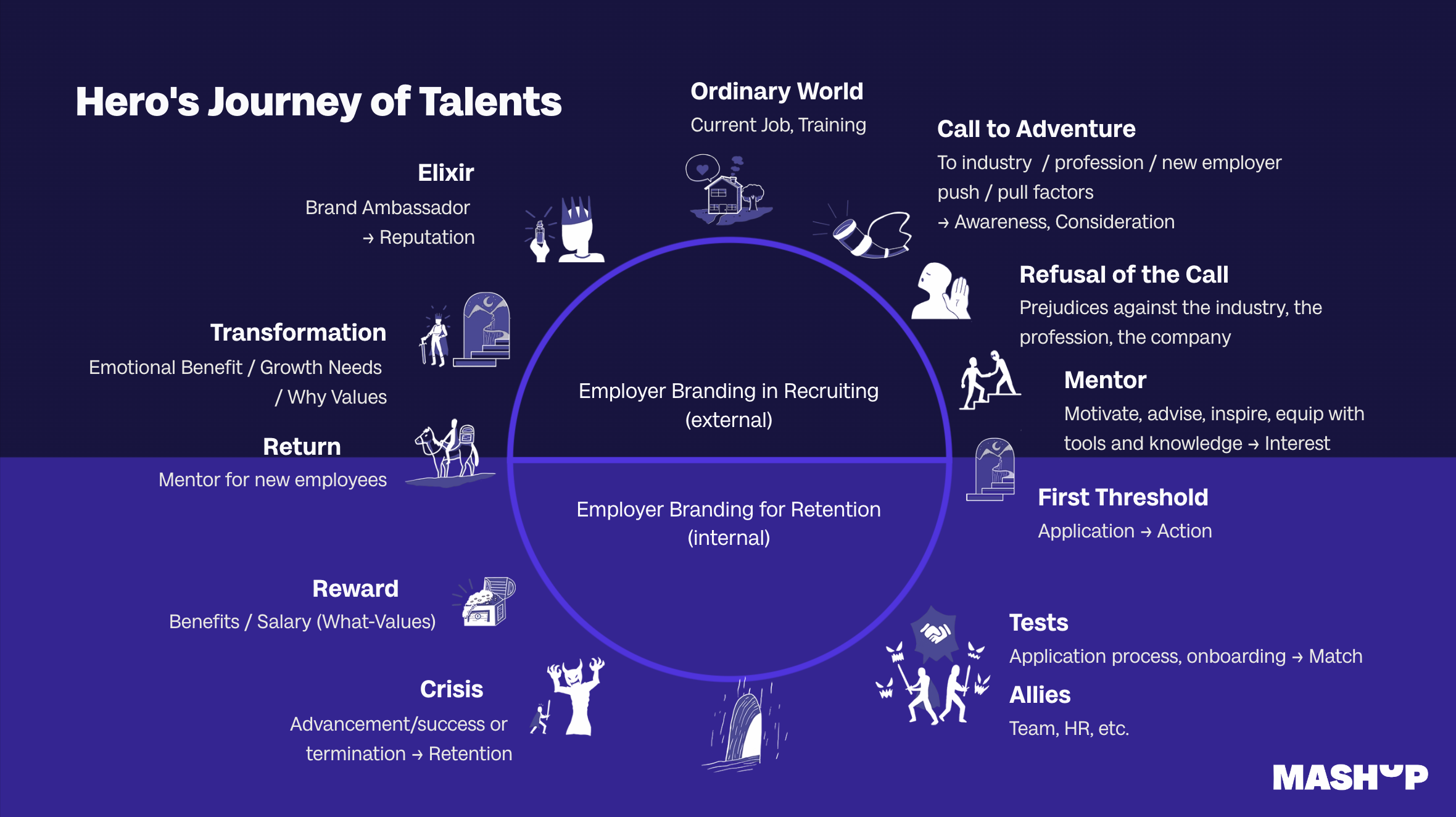
11 March 2024


